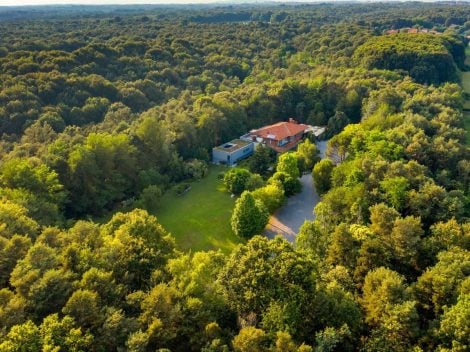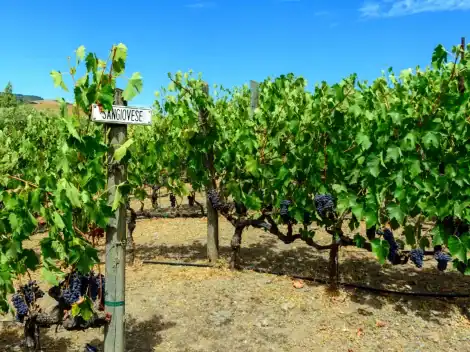With nearly 170 years of history, Pastiglie Leone is one of the oldest confectionery companies in Europe. A brand born in 1857 in Alba and later moved to Turin, with deep roots in the past that ambitiously looks to the future. The expansion works of the Collegno headquarters (on the outskirts of the Piedmontese capital) have just started: from the current 10,000 square meters, it will expand to 17,000. The vocation of the plant will also change because a significant part of the new spaces (3,200 square meters) will be dedicated to the experiential area, where both enthusiasts of pastel-colored pastilles and curious visitors can immerse themselves and learn about the production methods of candies and chocolate, the other major sector the Turin-based company is focusing on.
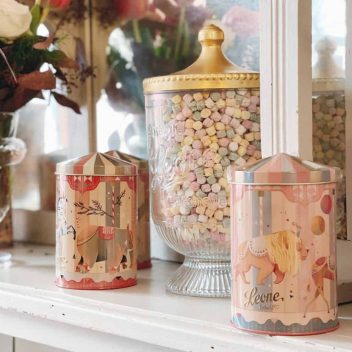
The Factory of Happiness is Born
Michela Petronio, president of the company she acquired in 2018 along with her husband Luca Barilla, vice president of the Parma-based group, cut the ribbon of what will become the "Factory of Happiness" - opening scheduled for autumn 2025. "Since the acquisition, we have believed in a historic brand that needed a relaunch, not such an obvious choice for a family of entrepreneurs," emphasizes Petronio. "The renewal project is progressing very quickly; since last year, we started the rebranding, in a few days we will be on television with an advertising campaign, and next year the new plant will arrive, which also means more jobs and will become a destination capable of attracting visitors to Turin."
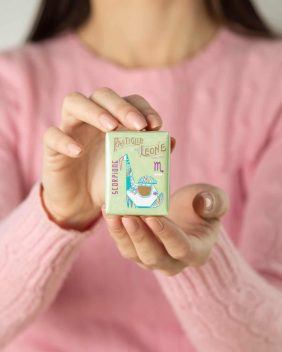
The results of recent years seem to confirm the new ownership: the current 85 employees should grow to almost one hundred, while in terms of figures, 2023 ended with a turnover of around 12 million, with a +10% compared to the previous year, which had already been extremely positive. With the commissioning of the new spaces, the production of pastilles but above all that of chocolate will increase, focusing on international sales to better promote a product that historically has been particularly linked to domestic consumption.
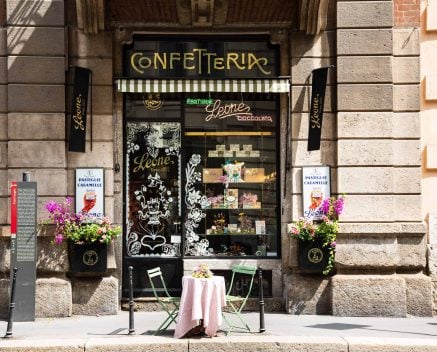
The history of Colorful Pastilles
The coming months therefore appear to be those of another great revival for a brand born from the intuition of Luigi Leone, who, in the years immediately preceding the Unification of Italy, opened a confectionery in Alba, starting to produce small digestive pastilles that were customarily consumed after meals. A curiosity: the very first flavors were mint, cinnamon, clove, fernet, rhubarb, and gentian. The move to Turin on Corso Vittorio Emanuele II meant entering the orbit of the House of Savoy, of which Leone became the official supplier. The hand-kneaded and shaped pastilles and candies conquered early testimonials like Count Cavour: it is said that he especially appreciated the gummy candies with violet, renamed "Senateurs" in his honor. An attestation of nobility that made inroads into the consumption of Turin and Piedmontese people over the decades, so much so that a popular saying, still in use until very recently, said "alé marca Leön" (it's a Leone brand, in dialect) to attest to the quality of any food product.
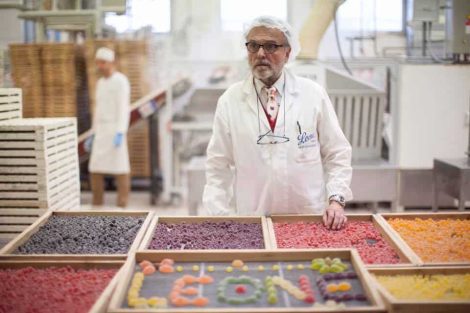
The Monero Family
Much of the prestige that accompanies the pastilles characterized by pastel colors is due to a woman, Giselda Balla Monero, the "Lioness," who in 1934 took over the activity of Pastiglie Leone and transferred production to a modern plant with a Liberty facade on Corso Regina Margherita 242, where the activity remained in function until 2006. A rare female industry captain in an era when women entrepreneurs were an exception, Giselda Monero brought a modern vision to the company management by investing in advertising, packaging (the resealable metal boxes that over time became collectibles), and introducing contest sales to reward the most loyal customers. In this way, she managed to overcome even the crisis that affected the sector following the autarchic policies of the fascist regime. She remained at the helm of the company until the 1980s when the baton passed to her son Guido, who expanded the business by acquiring other historic confectionery brands in Turin such as De Coster, Dalmasso, Beata & Perrone, Morè, and Razzano Minoli.
The rest is current history with the acquisition of the brand by the couple Michela Petronio and Luca Barilla, but the past will continue to live on in the new Factory of Happiness with the many historical machines, some still used in production, that will be visible in the company museum.

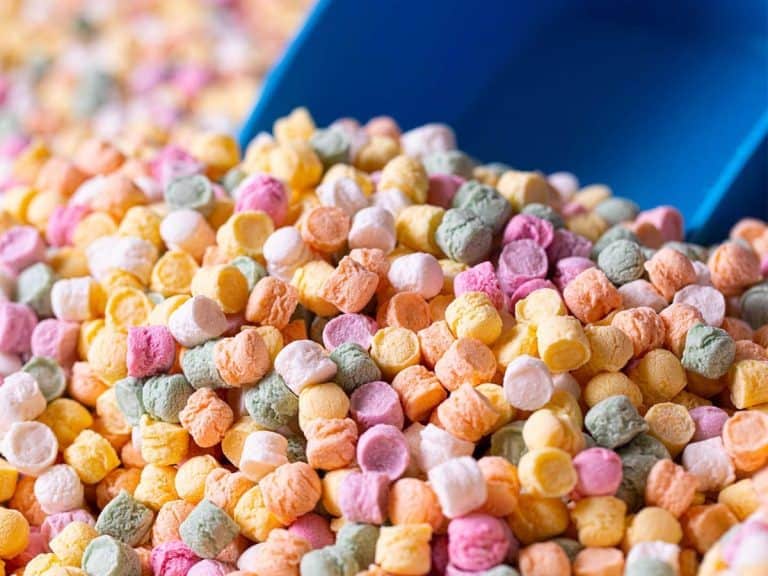
 “In Chianti, warehouses are full and prices are falling”. The economic crisis of Tuscan wine explained by Giovanni Busi
“In Chianti, warehouses are full and prices are falling”. The economic crisis of Tuscan wine explained by Giovanni Busi US tariffs will take effect on 1 August for everyone (including wine). Prosecco DOC: “it’s impossible to plan for the future
US tariffs will take effect on 1 August for everyone (including wine). Prosecco DOC: “it’s impossible to plan for the future Diego Rossi of Trippa opens a new osteria: what you can eat at Nino Osteria con Cucina in Milan
Diego Rossi of Trippa opens a new osteria: what you can eat at Nino Osteria con Cucina in Milan How you eat at Sentiero, the restaurant Elba Island was missing
How you eat at Sentiero, the restaurant Elba Island was missing

